Rich depth of flavour and the perfect balance of savoury and sweet. This 8 ingredient Korean bulgogi sauce is THE marinade to turn to when you want big flavour and effortlessly tender beef.
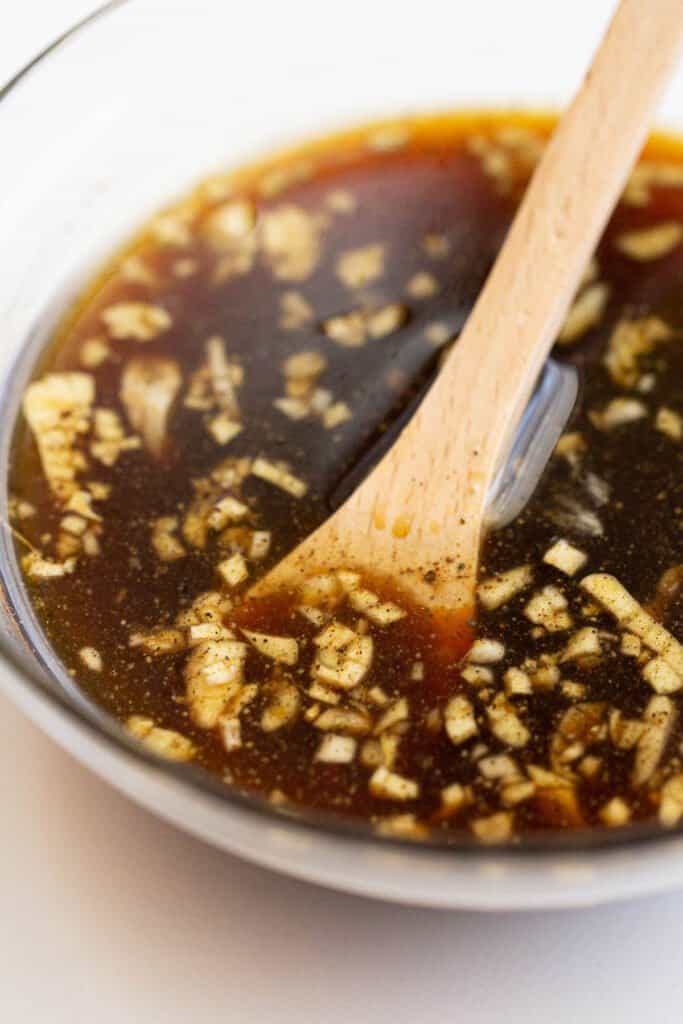
Why We Love This
Tender, juicy and huge flavour – your family will rave about anything you cook with this sauce. It’s soooo much better than sauce from a bottle!
You can make exactly how much you need for your intended recipe (no clutter of bottles in the fridge) and you know exactly what’s in it. Many store-bought sauces include preservatives, gluten or MSG, all of which you can avoid by making it yourself.
Homemade sauces are just about our most favourite things to make in the kitchen, and bulgogi sauce is no exception.
As long as you have most of the basic ingredients (or their substitutions) on hand, you’ll be able to make so many sauces that would otherwise be quite expensive or hard to source depending on where you live. Think homemade kewpie mayonnaise, okonomiyaki sauce or even sesame infused tonkatsu sauce!
Is Bulgogi Sauce Spicy? It Depends!
Some store-bought bulgogi sauces will be spicy while others aren’t. There are lots of variations and which you use is completely up to you and whether you enjoy the tingling heat of spice. For a spicy gochujang based bulgogi sauce, try our chicken bulgogi recipe!
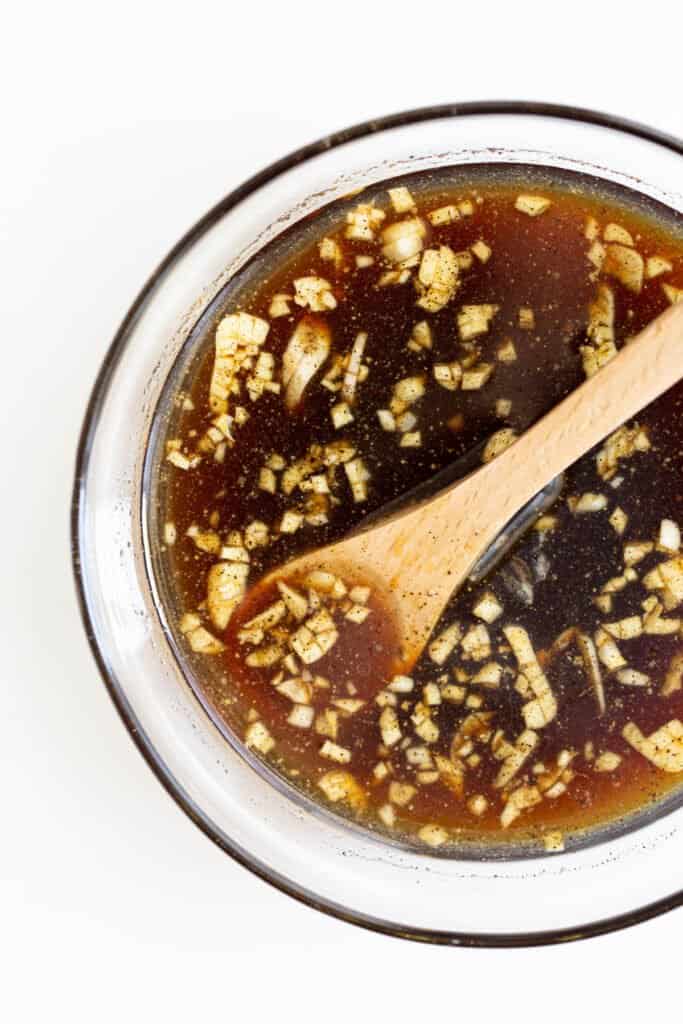
What is Bulgogi Sauce?
Bulgogi (불고기 ) consists of the words bul (fire) and gogi (meat), and usually refers to any meat cooked over a fire or open grill (aka Korean BBQ).
Bulgogi sauce is a Korean marinade made especially for this purpose. It’s usually associated with Korean BBQ dishes like beef bulgogi or chicken bulgogi as well as short ribs (known as galbi or kalbi).
It’s similar in flavour profile to Japanese teriyaki sauce (both are made with soy sauce and sugar), however usually doesn’t contain any alcohols like cooking sake or mirin. Of course, you can add them in if you want to tweak the flavour to suit your preferences!
Some of the popular store-bought brands include CJ, Ottogi or Beksul.
What You’ll Need
- Korean Soy Sauce – This is different to Chinese style soy sauces. Since it’s made from soybeans, salt and water (no wheat) it has an earthier, saltier flavour. The best substitute would be Japanese tamari (which is usually gluten-free), otherwise, just use whatever soy sauce you have on hand.
- Pear Juice – The secret ingredient to bulgogi’s deliciously soft and melt-in-your-mouth texture. The enzymes in pears help to tenderise the meat while adding a touch of sweetness. You can often find it at Asian groceries, or buy it online. Otherwise, substitute with grated fresh nashi pear, grated apple, apple juice, pureed kiwifruit, minced onion or even a splash of cola. They’ll all have this magic effect when added to a tasty marinade. We’ve also seen people use apple cider vinegar or rice wine vinegar in a pinch, although the flavour will be different, either will get you through.
- Sesame Oil – Use a high quality store-bought oil for the best flavour. Or make your own sesame oil at home.
- Sugar – We use regular white sugar. Sub with honey or mirin for sweetness although the flavour will be quite different. You can also try Splenda for sugar-free diets.
- Garlic & Ginger – The savoury and citrusy flavours add a delicious element to the sauce. Use finely chopped or minced. Omit if you prefer a more subtle sauce.
- Black Pepper – For heat without changing the rest of the flavours too much.
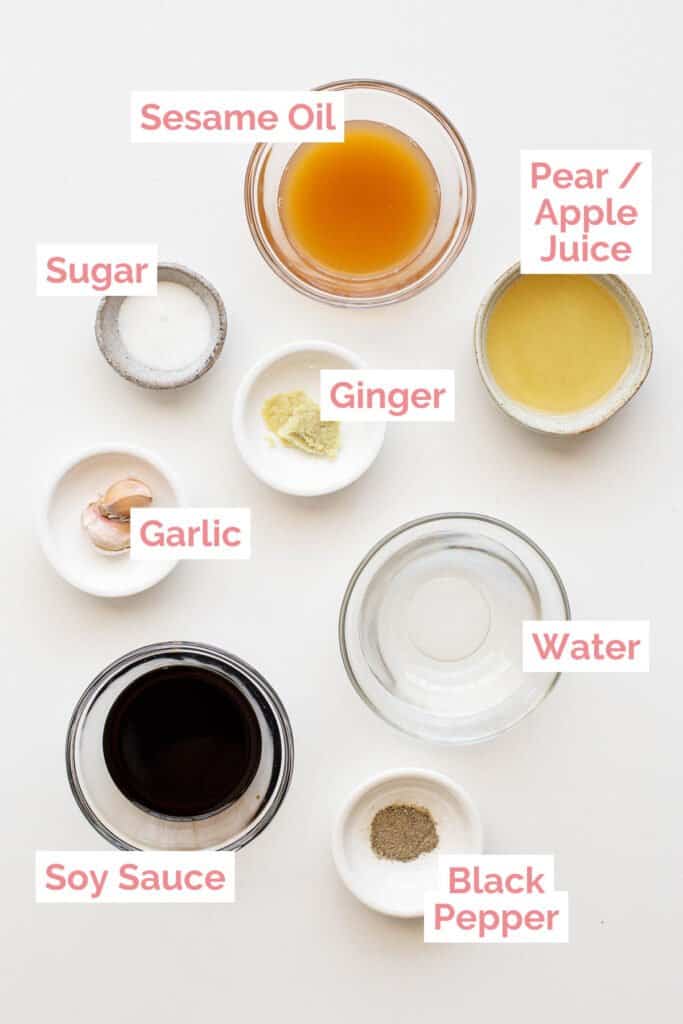
Wandercook’s Tips
- Marinate Overnight – While you can start cooking your chosen dish after 10-30 minutes, the flavours will be so much richer if you allow it to marinate overnight.
- Smooth Sauce – For an ultra smooth sauce, you can use a blender to really combine it all together.
FAQs
Since it’s made without preservatives, homemade bulgogi sauce will last a week or so in the fridge in an airtight container. Glass jars or bottles work perfectly for this. Any longer and the flavours from the ginger and garlic can start to degrade.
Look for it in the Asian or International aisle at supermarkets, or in the Korean section of Asian import stores. If you can’t find it (and prefer not to make it) you can also buy it online from stores like Amazon, YamiBuy (US) or Yin Yam (AU).
Bulgogi sauce works great as a stir fry sauce or slathered on beef burgers (or mixed through the mince) for extra flavour. Use it as a cooking sauce for fried tofu which you can then serve on rice bowls with veggies. Or try it as a substitute for teriyaki sauce in grilled chicken, chicken skewers and tsukune meatballs or as a replacement sauce for enoki beef rolls.
Variations
- Make it Spicy – Add a teaspoon of gochujang paste, gochugaru chilli flakes or even shichimi togarashi to amp up the heat!
- Add Toasted Ground Sesame Seeds – For an extra depth of nutty, earthy flavour.
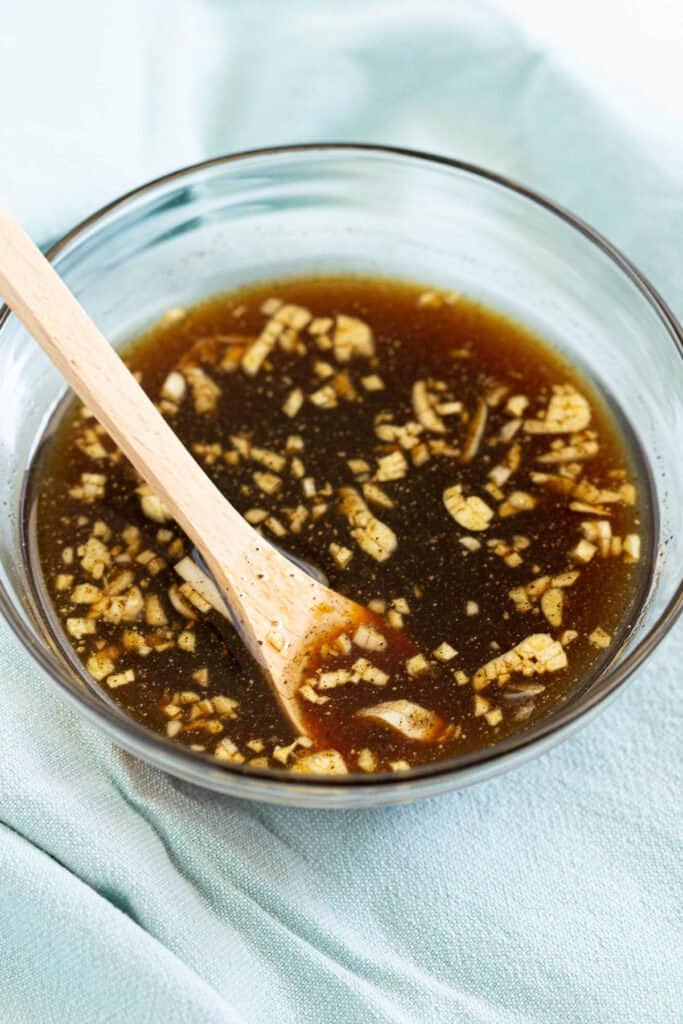
More rich Korean flavours in these amazing recipes:
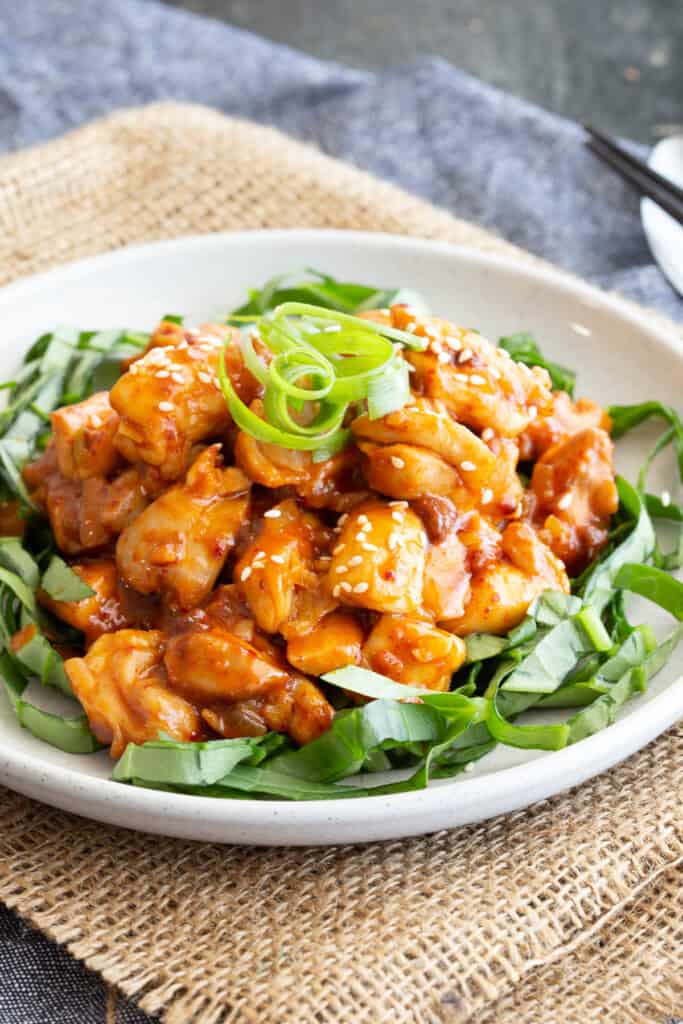
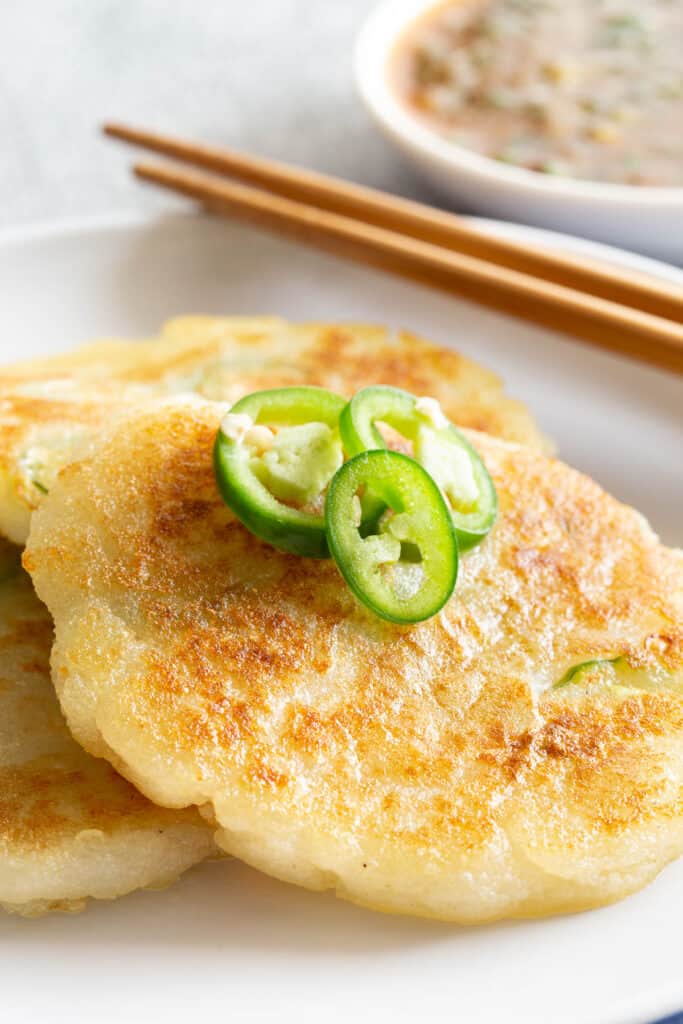
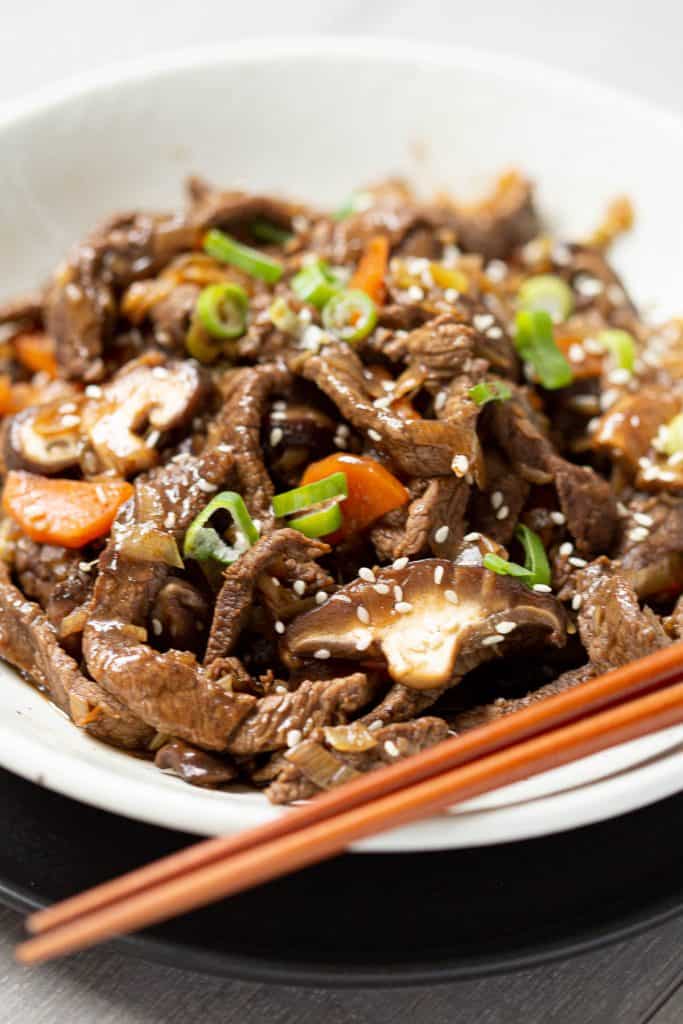
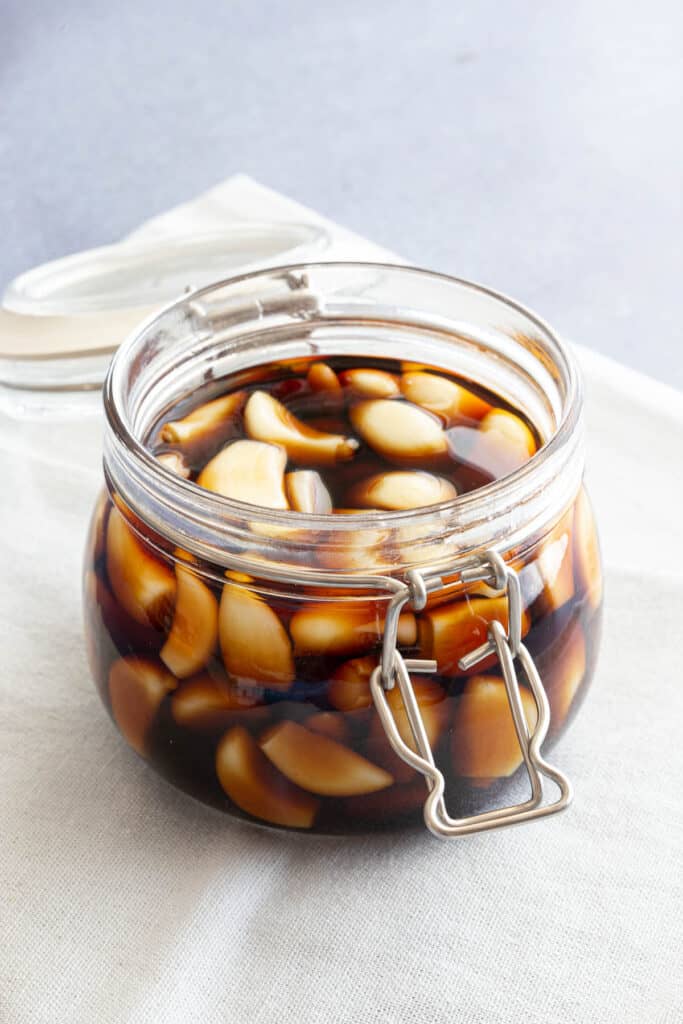
★ Did you make this recipe? Please leave a comment and a star rating below!
Ingredients
- ½ cup water
- 4 tbsp soy sauce
- 4 tbsp pear juice sub apple juice, kiwifruit puree or minced onion
- 2 tbsp sesame oil
- 2 tsp sugar
- 2 tsp garlic chopped finely
- 2 tsp ginger chopped finely
- 1 tsp black pepper
Instructions
- Mix all marinade ingredients (water, soy sauce, pear juice, sesame oil, sugar, garlic, ginger, black pepper) in a medium glass bowl.½ cup water, 4 tbsp soy sauce, 4 tbsp pear juice, 2 tbsp sesame oil, 2 tsp sugar, 2 tsp garlic, 2 tsp ginger, 1 tsp black pepper
- Use as a marinade for beef bulgogi or chicken bulgogi.
Video
Recipe Notes
- Marinate Overnight – While you can start cooking your chosen dish after 10-30 minutes, the flavours will be so much richer if you allow it to marinate overnight.
- Smooth Sauce – For an ultra smooth sauce, you can use a blender to really combine it all together.
- Make it Spicy – Add a teaspoon of gochujang paste, gochugaru chilli flakes or even shichimi togarashi to amp up the heat!
- Add Toasted Ground Sesame Seeds – For an extra depth of nutty, earthy flavour.
Nutrition
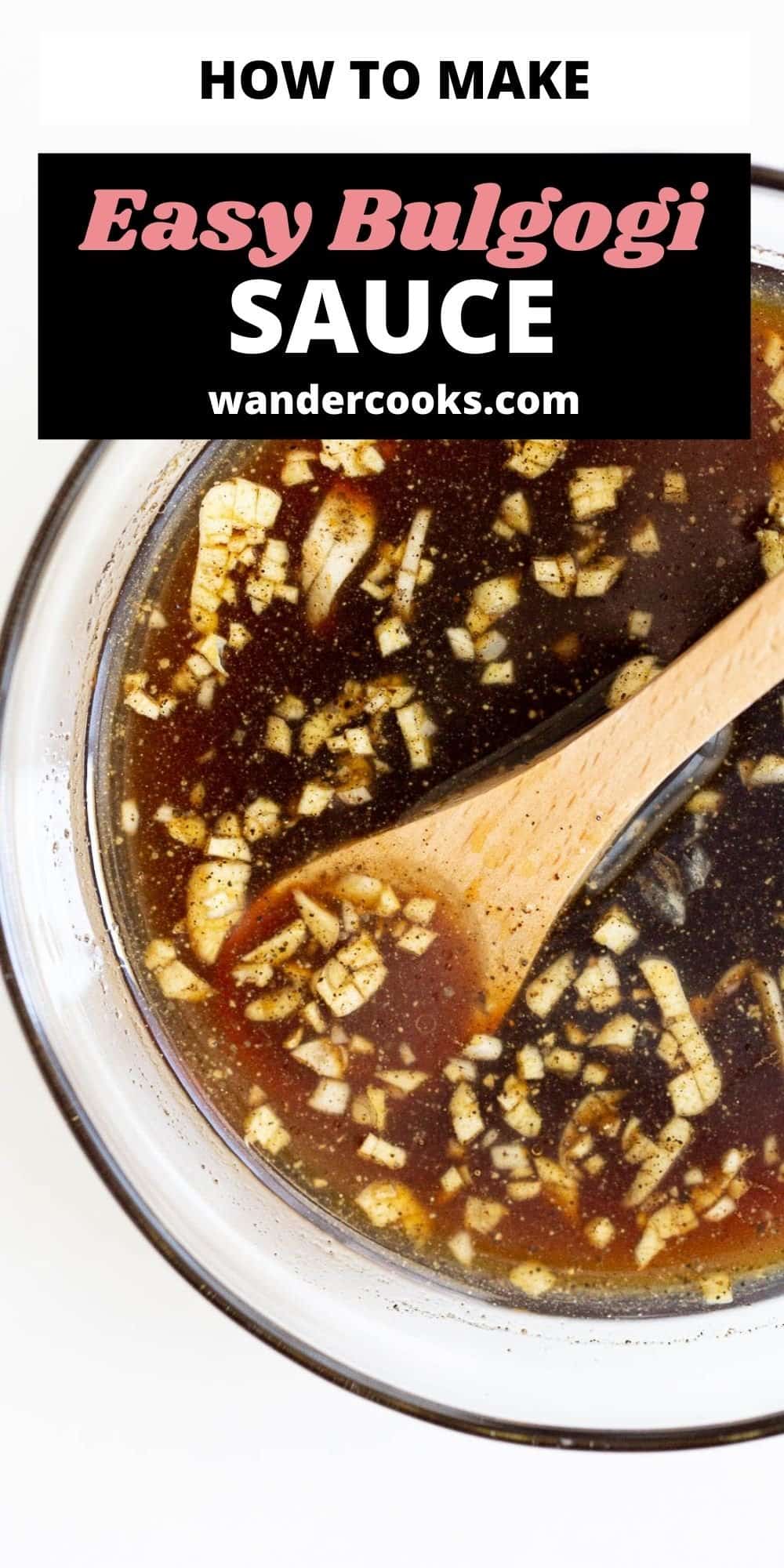

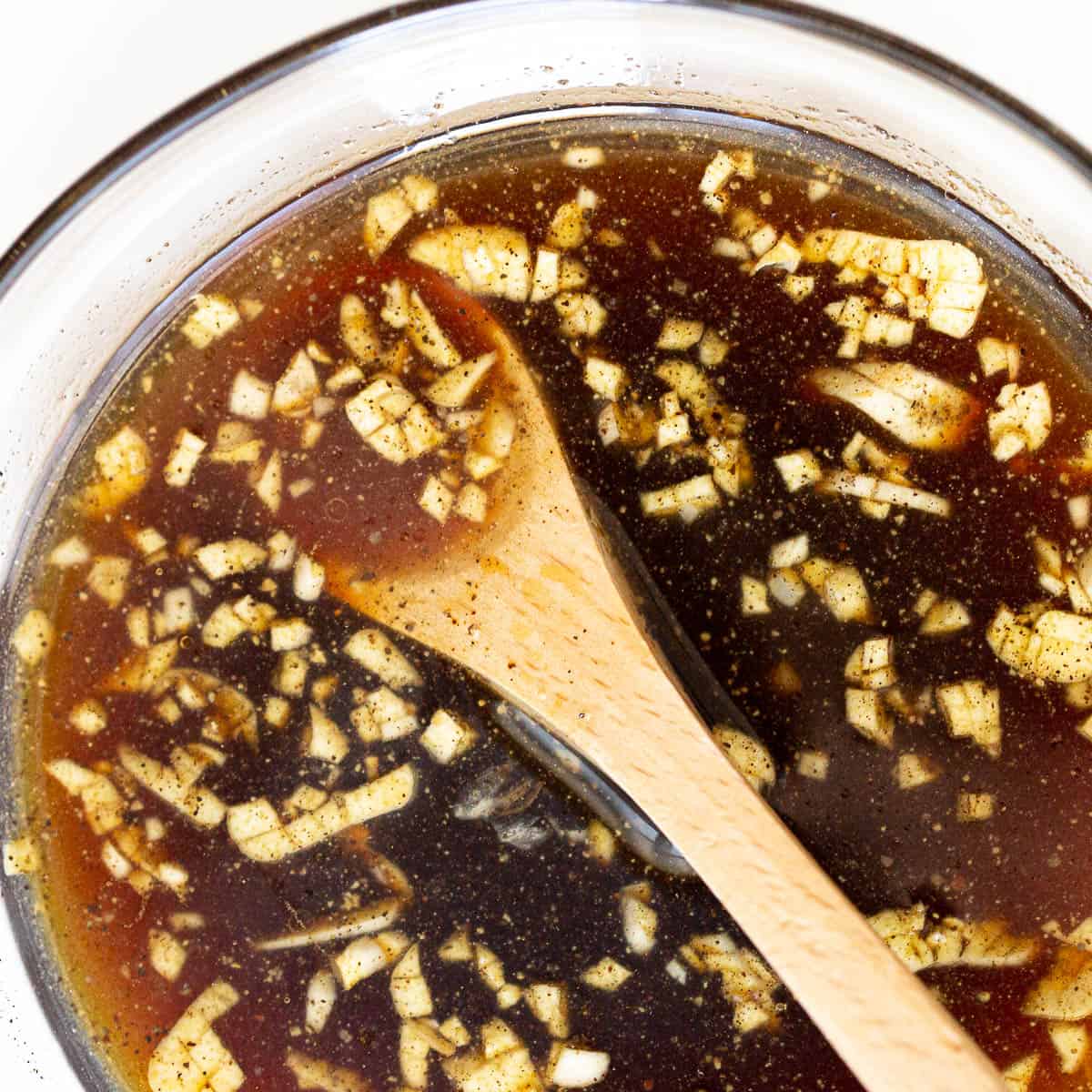


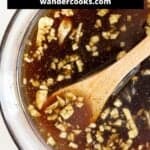
No Comments